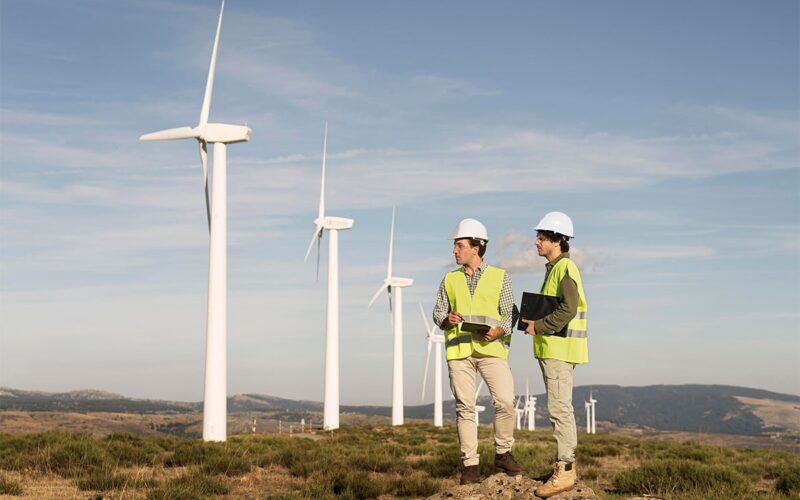Meteorology, the scientific study of weather patterns and atmospheric conditions, has witnessed remarkable advancements in recent years. With the continuous evolution of technology, weather tracking tools have become increasingly sophisticated, leading to more accurate predictions and enhanced understanding of weather phenomena. This progress is pivotal not only for improving daily weather forecasts but also for addressing climate change and mitigating the impacts of natural disasters.
1. The Rise of Artificial Intelligence in Meteorology
Artificial intelligence (AI) has emerged as a game-changer in weather forecasting. AI and machine learning algorithms are now capable of analyzing vast quantities of meteorological data from satellites, ground stations, and weather sensors. By identifying hidden patterns in large datasets, AI allows meteorologists to predict weather events with greater precision. It enables more accurate short-term forecasts, as well as better long-term climate modeling. AI-powered systems also help predict extreme weather events such as hurricanes, tornadoes, and blizzards, which helps governments and communities prepare in advance.
2. Next-Generation Satellites and Remote Sensing Technologies
Satellite technology has significantly advanced, providing high-resolution imaging and detailed insights into global weather patterns. Modern geostationary satellites can capture real-time data on atmospheric conditions, ocean temperatures, and cloud formations, which is essential for understanding the dynamics of weather systems. Furthermore, satellites are increasingly being used to track natural disasters like wildfires, flooding, and hurricanes. These developments not only enhance forecasting capabilities but also aid in the study of climate change by monitoring changes in the Earth’s surface, such as polar ice cap melting and deforestation.
3. The Role of Drones and Unmanned Aerial Vehicles (UAVs) in Weather Data Collection
Drones and UAVs are playing an increasingly important role in meteorology by gathering atmospheric data in regions that were previously difficult or dangerous to reach. These tools provide real-time information on temperature, humidity, air pressure, and wind patterns at various altitudes, often during severe weather events. For example, drones are now being used to gather data in the eye of a hurricane, providing meteorologists with crucial insights into storm dynamics. The ability to access hard-to-reach areas enhances the accuracy of forecasts and improves storm prediction models.
4. Enhanced Weather Models and Supercomputing Power
With the advent of supercomputers, meteorologists now have the computing power to run highly sophisticated weather prediction models. These models simulate weather systems based on real-time data, providing detailed forecasts for regions that lack extensive observational data. They are also increasingly used to simulate the effects of climate change, predicting how long-term shifts in temperature and atmospheric conditions may affect weather patterns in the future. The improvements in computational capacity allow for more accurate localized predictions, which are crucial for urban planning, agriculture, and disaster response.
5. Big Data and Real-Time Weather Monitoring
Weather data is being collected from an ever-growing array of sources, including ground-based weather stations, commercial airplanes, and remote sensing systems. The use of big data analytics allows meteorologists to process and analyze massive datasets in real time, which improves both forecasting accuracy and the timeliness of alerts. Advanced weather monitoring systems, such as the National Weather Service’s radar networks, help track severe storms and provide crucial warnings to populations at risk. Moreover, weather data platforms are increasingly available to the public, allowing individuals to track conditions in real-time via smartphones and other devices.
6. Climate Change Research: Understanding the Long-Term Impacts
The advancements in meteorology are not just about improving weather forecasting; they are also crucial for understanding and addressing the effects of climate change. The growing body of research focuses on how changing weather patterns affect ecosystems, agriculture, and human societies. With better data collection methods, scientists can study long-term trends in temperature, precipitation, and storm frequency, providing key insights into how climate change is altering weather dynamics globally. This research informs climate policy, helping governments take proactive steps in mitigating environmental damage and building resilience to climate impacts.
7. Public Safety and Disaster Preparedness
One of the most significant impacts of developments in meteorology is the improvement in public safety and disaster preparedness. Advances in weather tracking tools have made it possible to issue timely warnings for extreme weather events, such as tornadoes, hurricanes, and floods. Real-time data and predictive models allow authorities to make informed decisions about evacuations, resource allocation, and infrastructure protection. In addition, mobile weather apps and notification systems enable individuals to stay informed about weather conditions in their area, ensuring they can take appropriate actions to protect themselves and their families.
Conclusion
The field of meteorology has undergone transformative changes, with new technologies and scientific research driving unprecedented advancements. Artificial intelligence, satellite imaging, drones, and supercomputing have significantly enhanced our ability to track, predict, and respond to weather events. These developments not only improve daily weather forecasting but are also vital for addressing global challenges like climate change and disaster management. As weather tracking tools continue to evolve, the ability to safeguard lives, protect property, and better understand the Earth’s climate will only continue to improve.

